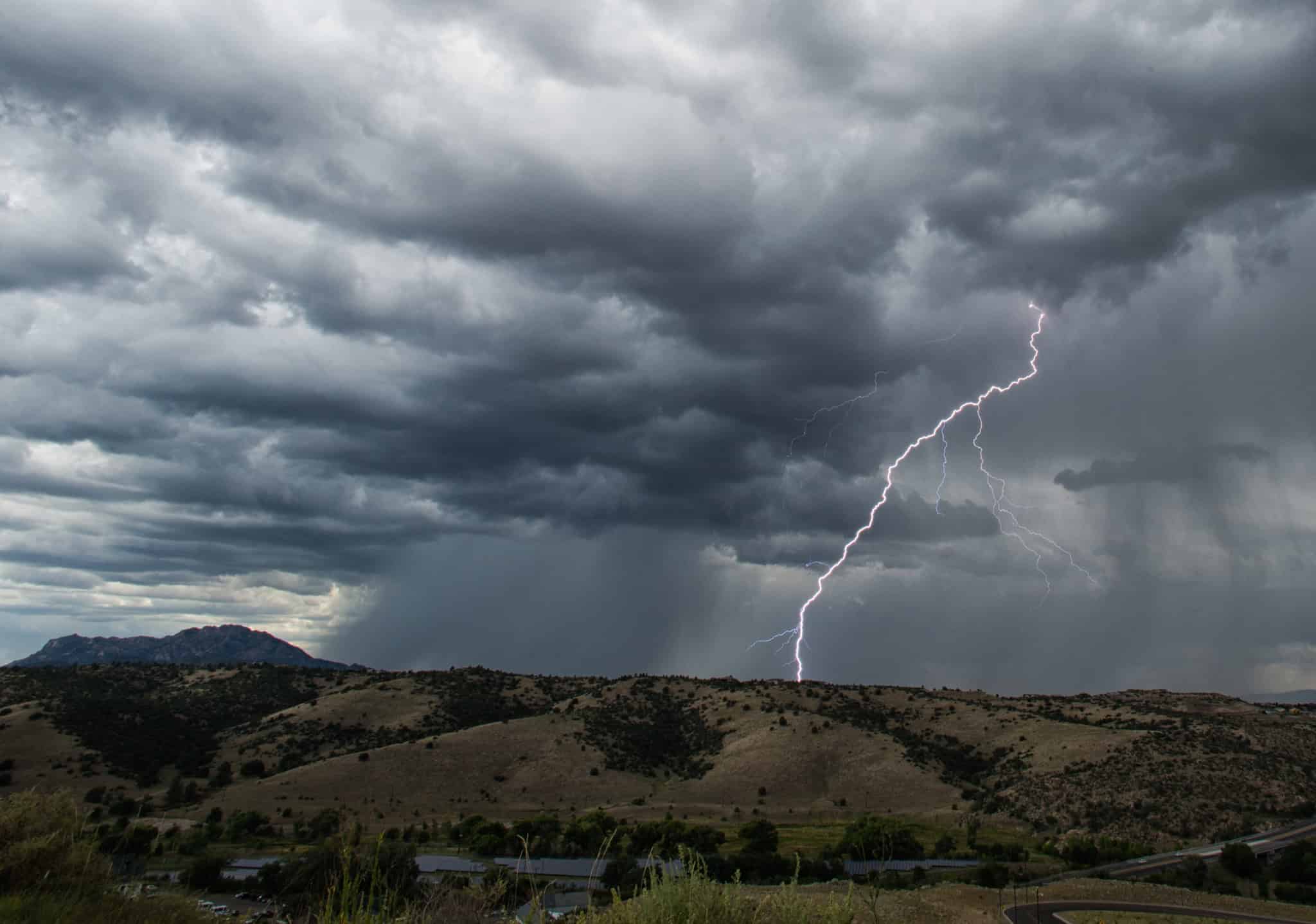Safety tips for Arizona’s monsoon season
Arizona’s monsoon season brings flash floods, dust storms, and extreme heat to state parks. Here are essential safety tips for June to September.
During Arizona’s annual monsoon season, outdoor enthusiasts face unique challenges navigating the state’s dramatic weather shifts. The combination of intense heat and sudden storms creates potentially hazardous conditions for visitors to Arizona’s parks and recreational areas, prompting officials to issue important safety guidelines for the months ahead.

Monsoon season brings increased weather risks
Running from June 15 through September 30, Arizona’s monsoon season marks a significant shift in wind patterns, transitioning from dry westerly winds to moisture-laden southerly flows. The National Weather Service predicts above-normal rainfall for many Arizona regions in 2025, heightening concerns about flash floods and consequent dangers.
These seasonal storms can trigger multiple hazards, including:
– Dangerous dust storms
– Lightning strikes
– Flash flooding
– Wildfires from dry lightning
– Extreme temperature conditions
Critical safety measures for outdoor recreation
Arizona State Parks and Trails emphasizes several key precautions for visitors planning outdoor activities during this volatile period. Weather monitoring becomes especially crucial, with park officials urging visitors to maintain flexible schedules and seek immediate shelter when storms are on the horizon.
In low-lying areas and locations like Catalina State Park, where terrain features increase flooding risks, visitors must exercise additional caution. Even seemingly minimal water levels can prove lethal—just six inches of moving water can topple an adult, while 18 inches can sweep away most vehicles.
Heat safety remains paramount
Beyond storm dangers, Arizona’s extreme temperatures pose significant risks to folks enjoying the great outdoors. Essential safety measures include:
– Staying hydrated
– Avoiding outdoor activities between 10 a.m. and 5 p.m.
– Using appropriate sun protection
– Never leaving children or pets in parked vehicles
– Checking on vulnerable neighbors
– Knowing the locations of statewide cooling centers
For additional information about Arizona’s state parks and natural areas, visit AZStateParks.com.
This article may have been created with the assistance of AI.



